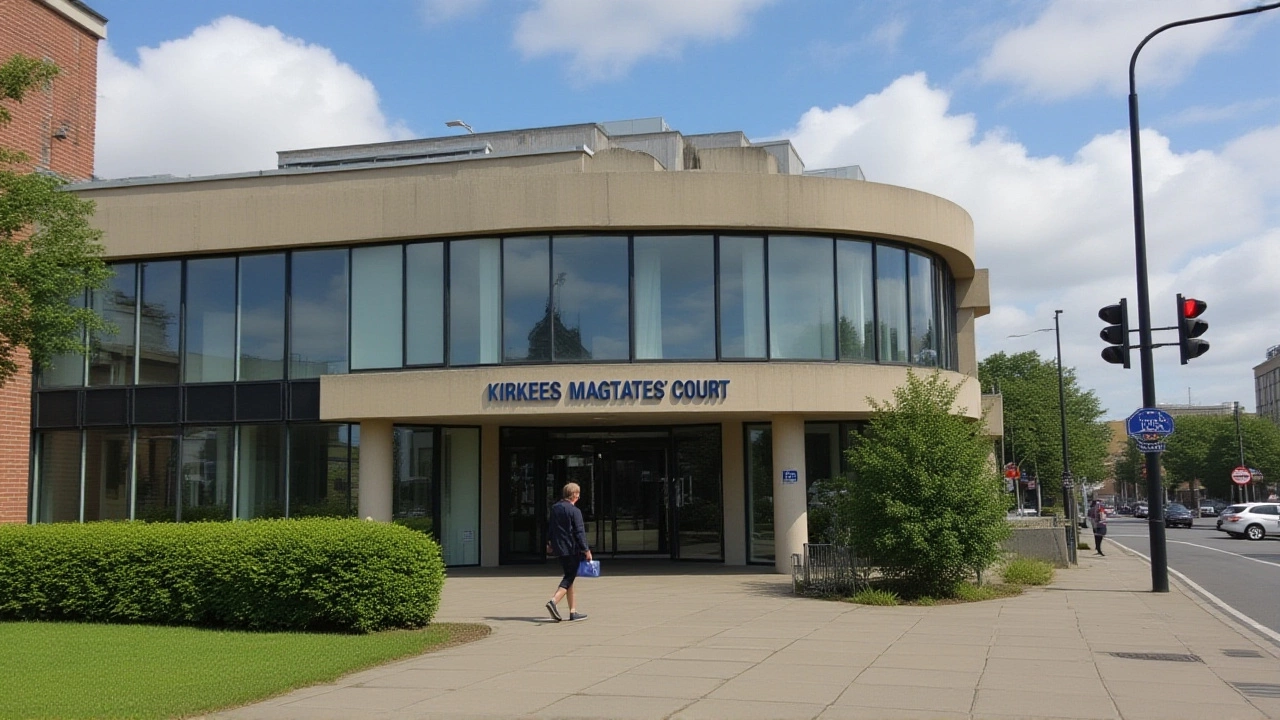Historical Sex Offences: Understanding the Past and Its Impact
When talking about historical sex offences, crimes involving sexual violence that were recorded or prosecuted in earlier periods of UK law, it helps to see how definitions, penalties, and societal attitudes have shifted over time. Also known as historic sexual crime statutes, this area of law shows the link between past cases and today’s legal framework. Recognizing that historical sex offences encompass changes in legal definitions lets us trace why some old convictions are revisited under modern standards.
Key Areas to Explore
The UK criminal justice system, the network of courts, police, and correctional bodies that enforce criminal law across England and Wales provides the backdrop for every case, historic or current. Understanding this system is essential because it determines how evidence is gathered, how trials are run, and how sentences are handed down. When the system evolves, the way it treats historical offences evolves too, creating a direct connection between past rulings and present procedures.
One of the most visible shifts comes from rape law reforms, legislative changes that broaden the definition of rape and adjust consent standards. Since the Sexual Offences Act 2003, the legal language around consent has become clearer, which means older cases are often reviewed under a stricter lens. This reform influences how historical sex offences are re‑examined, showing that modern statutes can retroactively affect legacy convictions.
Alongside legal tweaks, victim support services, organizations that provide counselling, legal advice, and financial aid to survivors of sexual crime have grown from minimal charity efforts to fully funded public resources. When support improves, more survivors feel safe to come forward, even about incidents that happened decades ago. This evolution illustrates the link that victim support services evolve alongside legal reforms, creating a more compassionate environment for reporting historical offences.
Legal precedent also plays a huge role. Each appellate decision becomes a building block that shapes future sentencing and the interpretation of older statutes. For example, landmark rulings on the admissibility of historical testimony set standards that courts still follow today. These precedents demonstrate that legal precedent shapes current sentencing for historic offences, ensuring consistency across the justice system.
Putting these pieces together, you can see a clear chain: the historical sex offences we study today are framed by the UK criminal justice system, reshaped by rape law reforms, supported by expanded victim services, and guided by enduring legal precedent. This interconnected view helps readers understand why a case from the 1970s might be reopened in 2025, and what that means for the people involved.
Below you’ll find a curated collection of articles that dig into each of these themes – from deep dives on how the 2003 Act altered past convictions to interviews with survivors who benefited from modern support networks. Use the list to explore specific angles, compare case studies, or simply get a clearer picture of how history informs today’s approach to sexual crime justice.
Six Men Charged with 1990s Sex Offences in West Yorkshire
Six men face rape, false imprisonment and indecent assault charges for alleged crimes against girls in Kirklees (1994‑98). Their court appearance marks a pivotal step in historic abuse justice.
